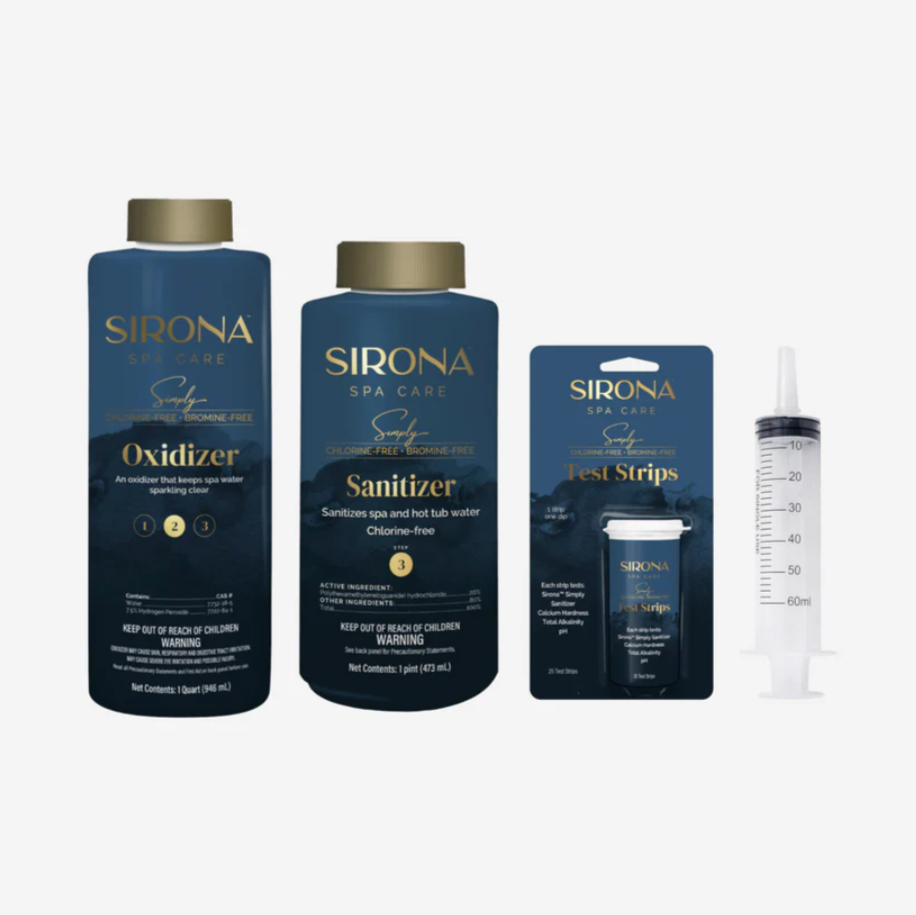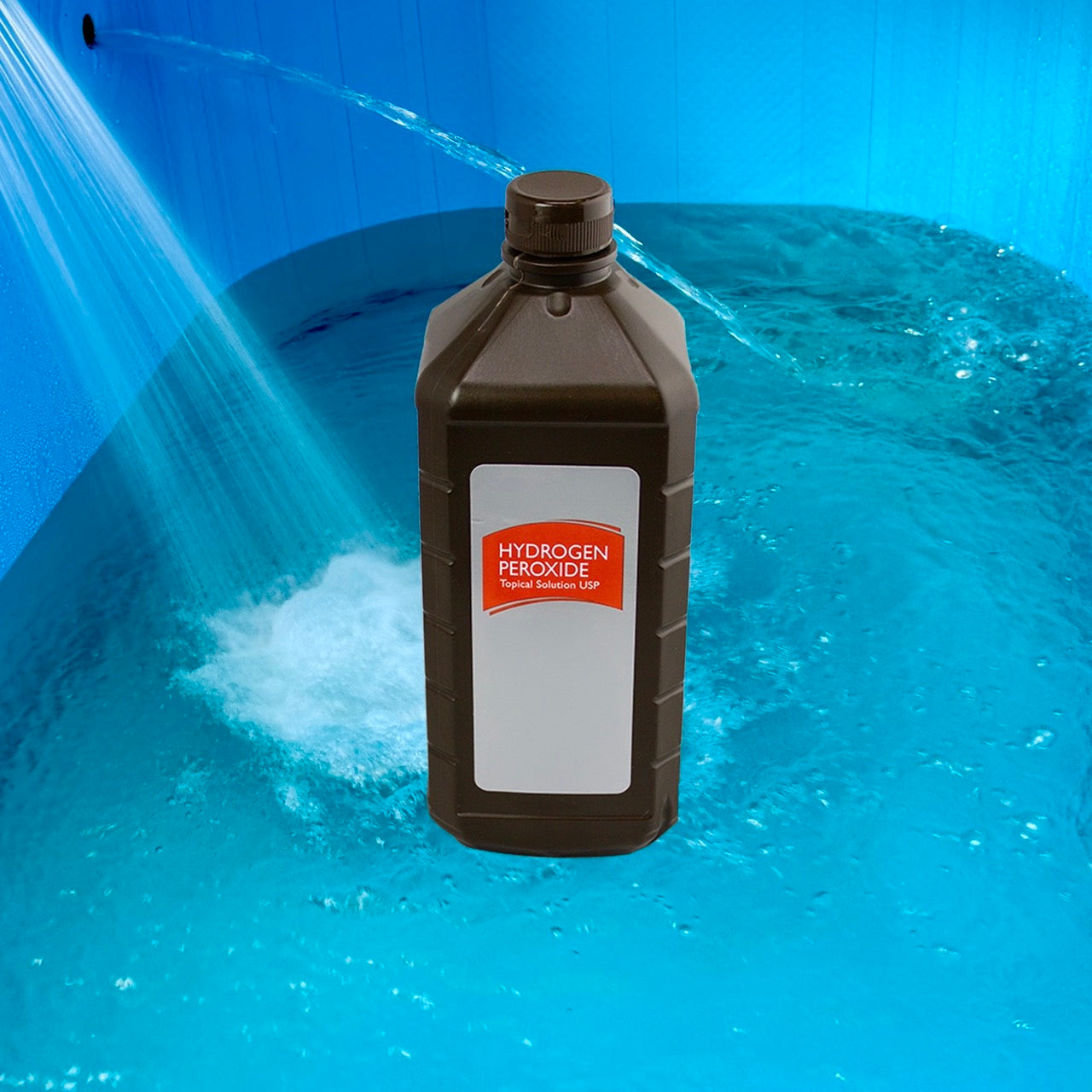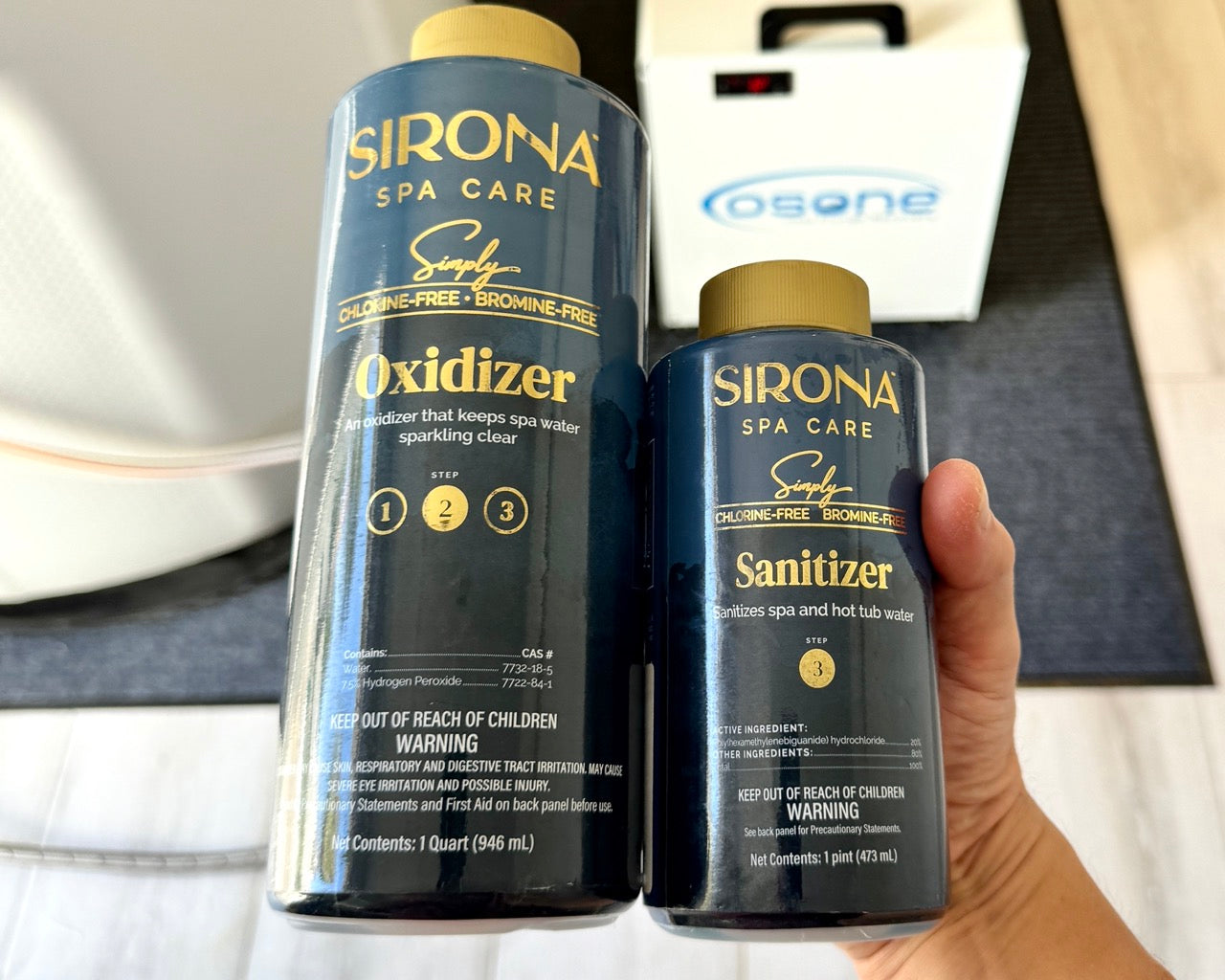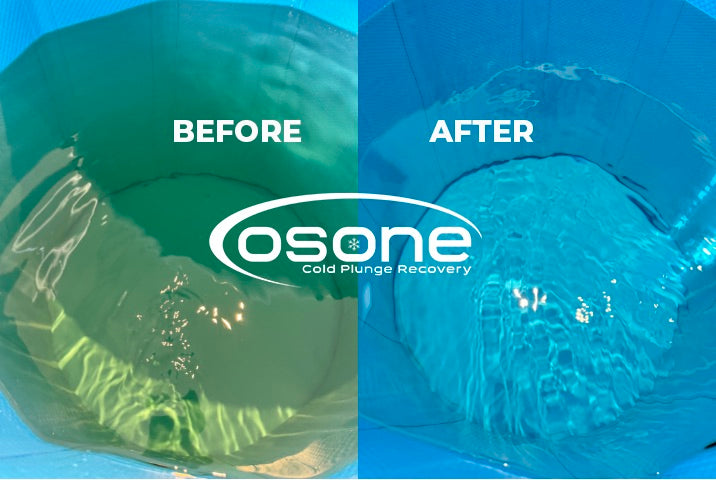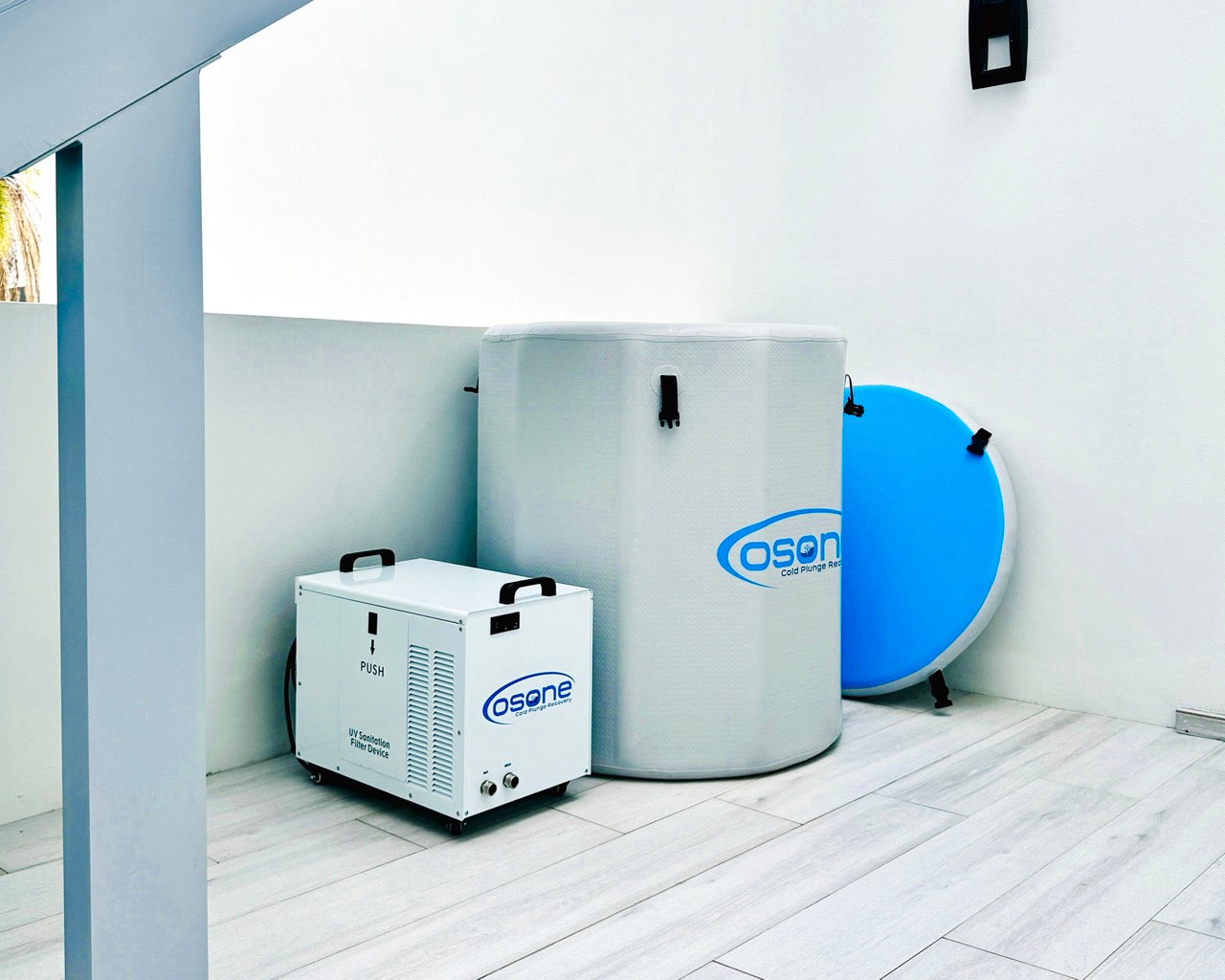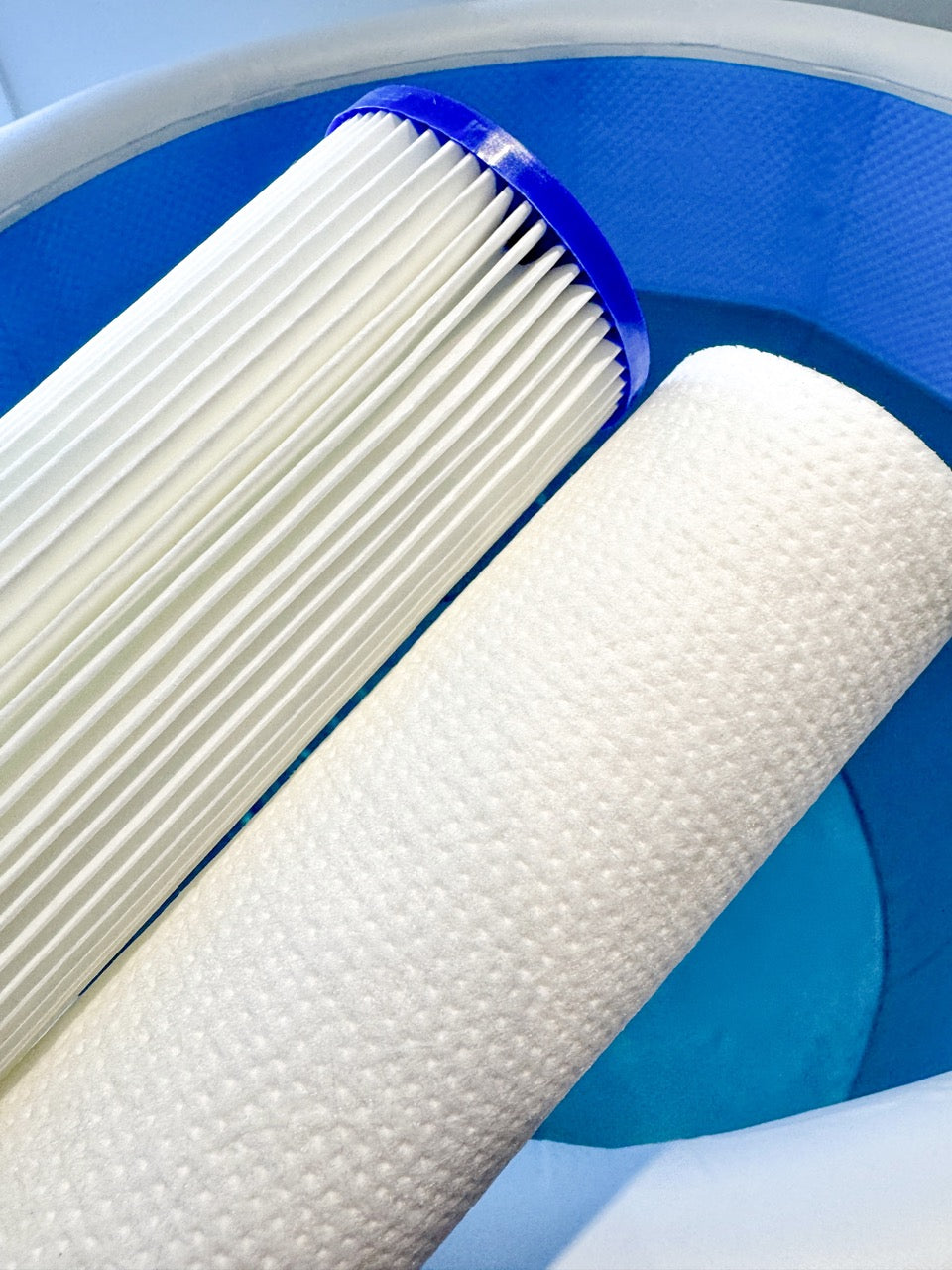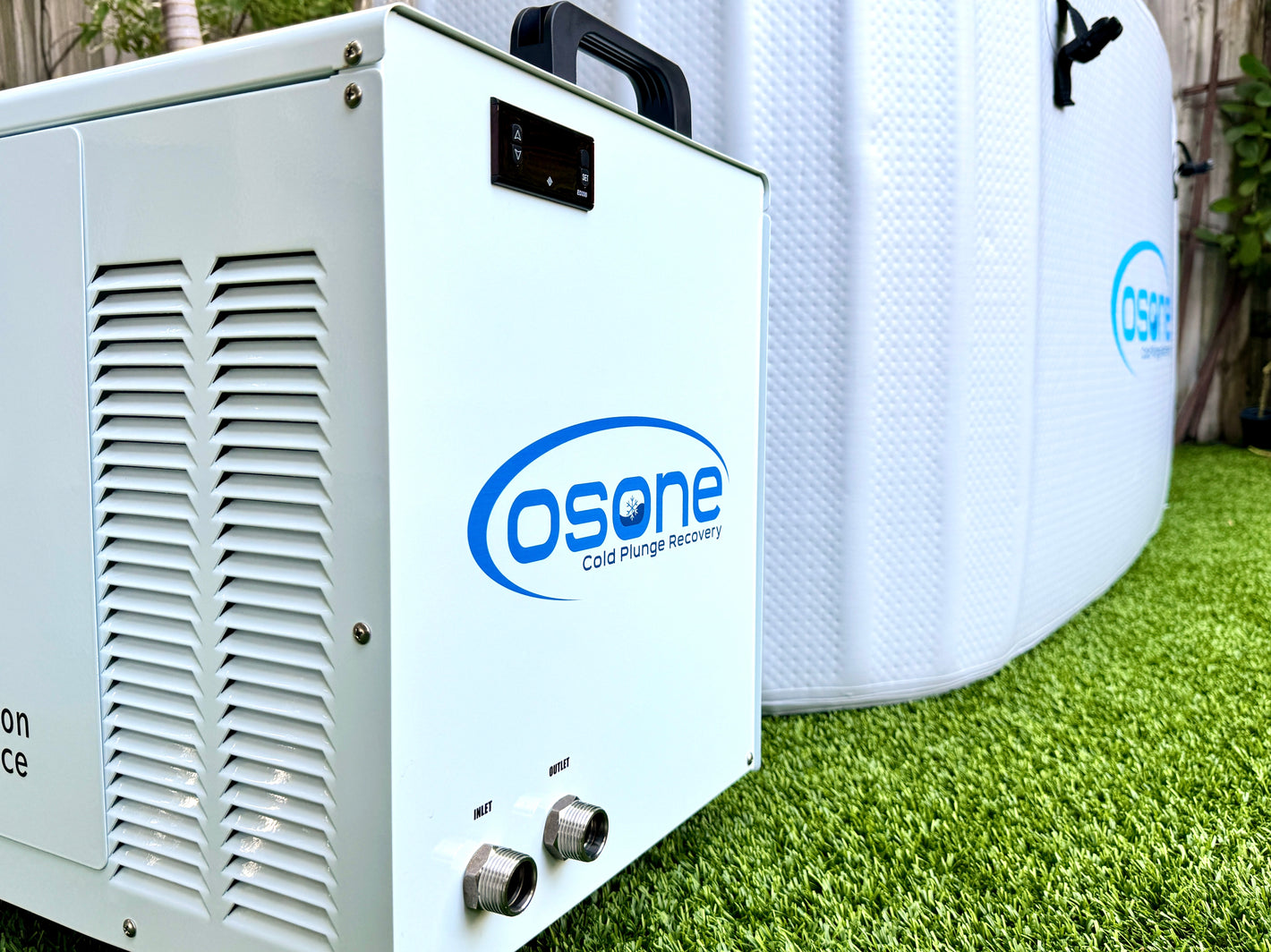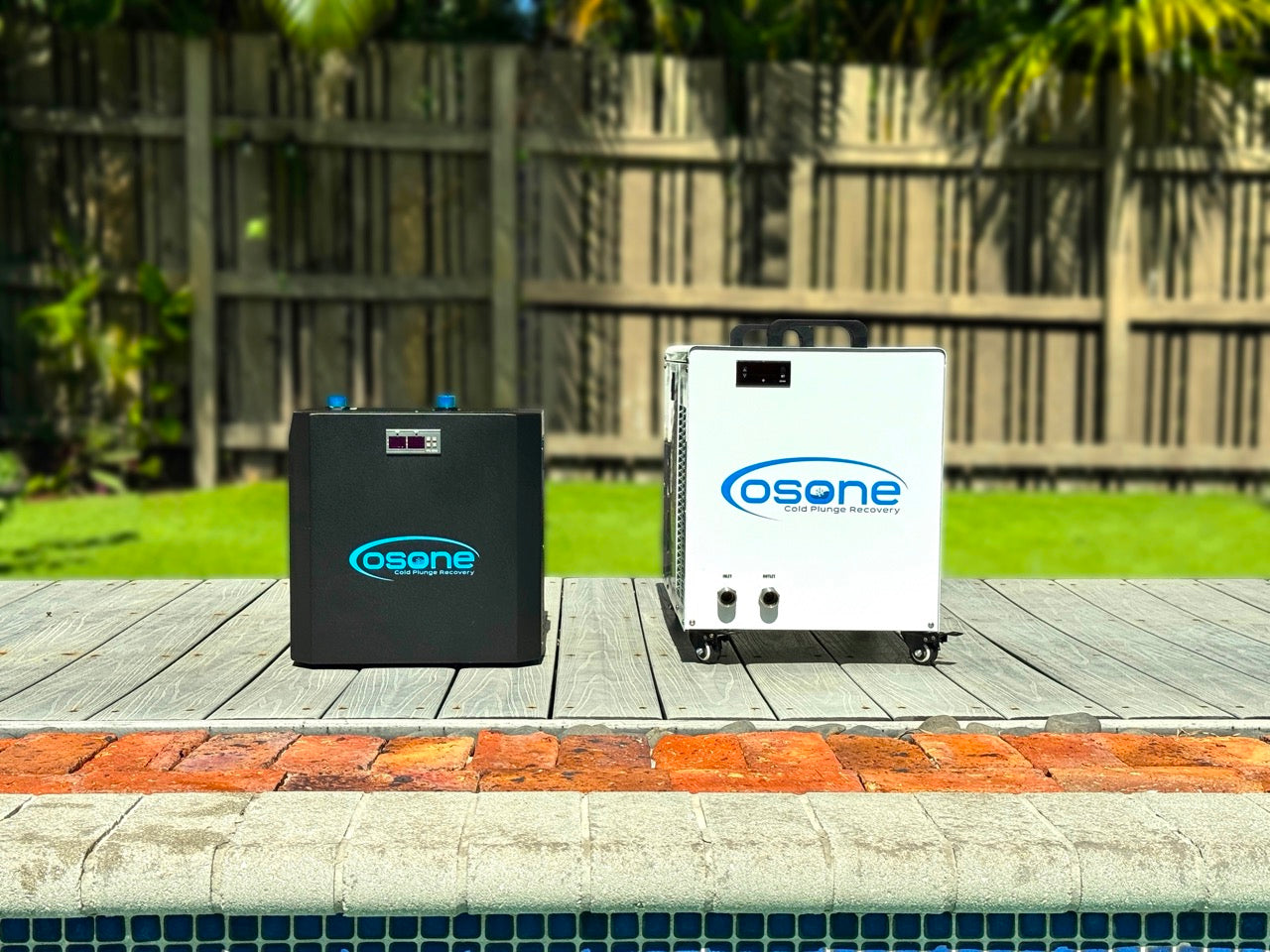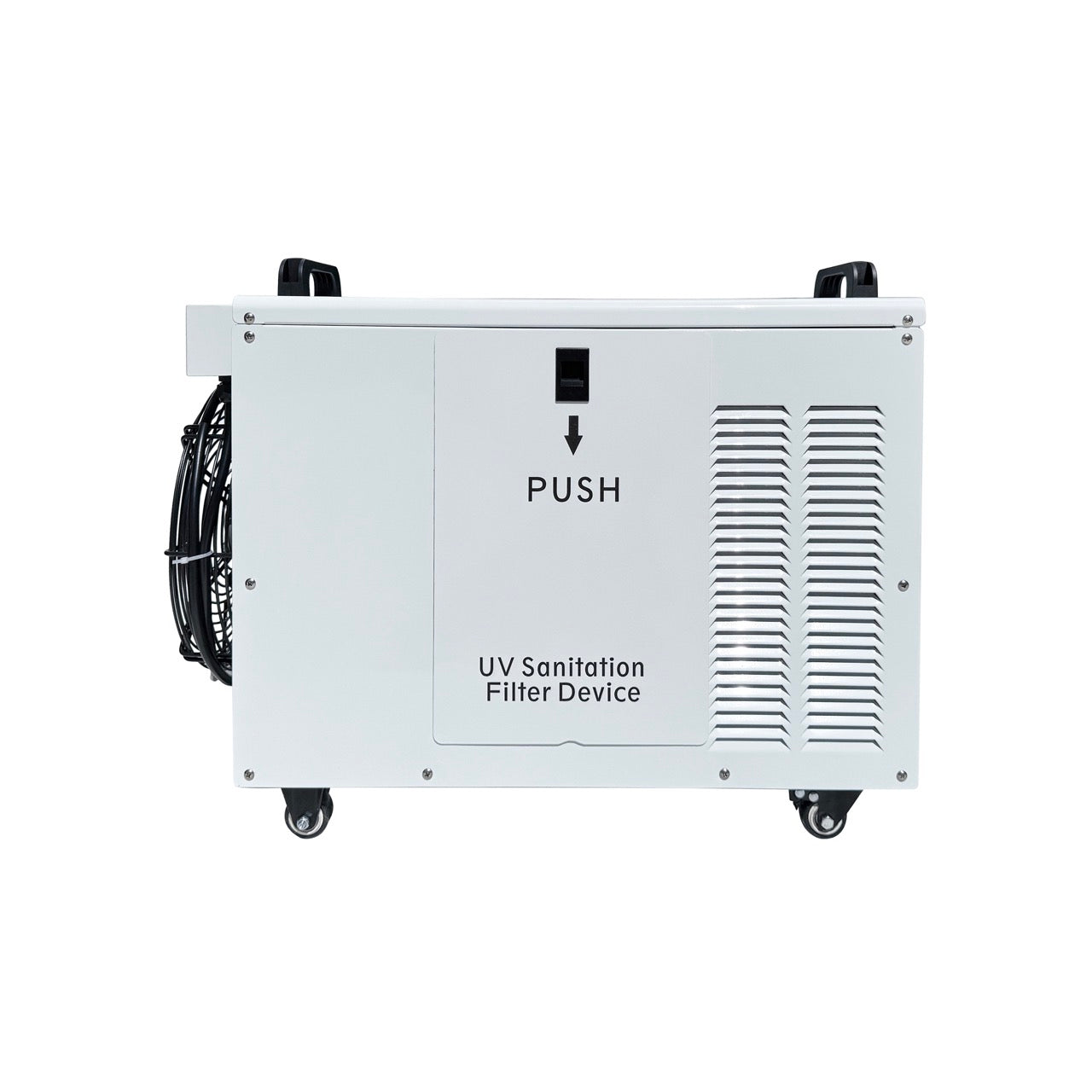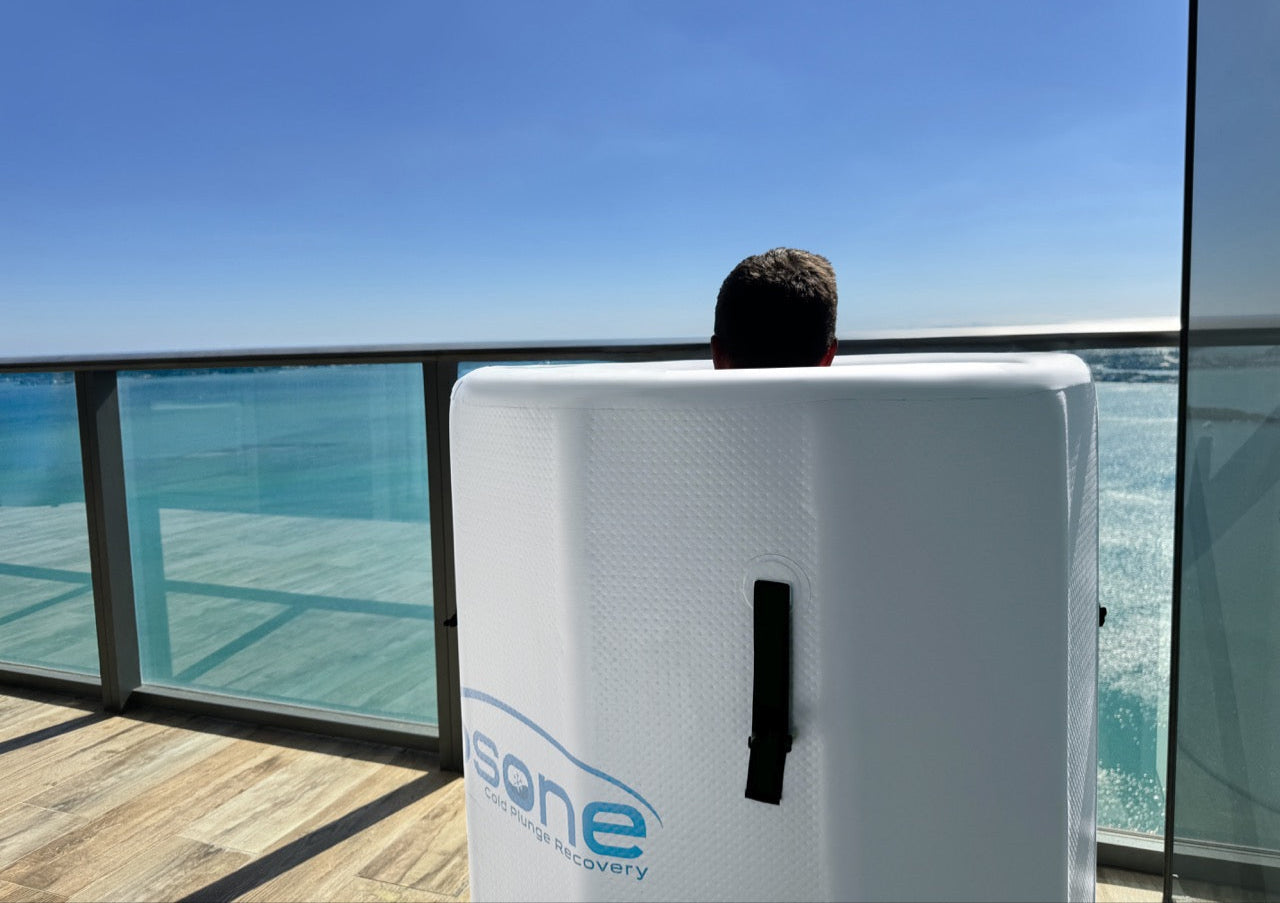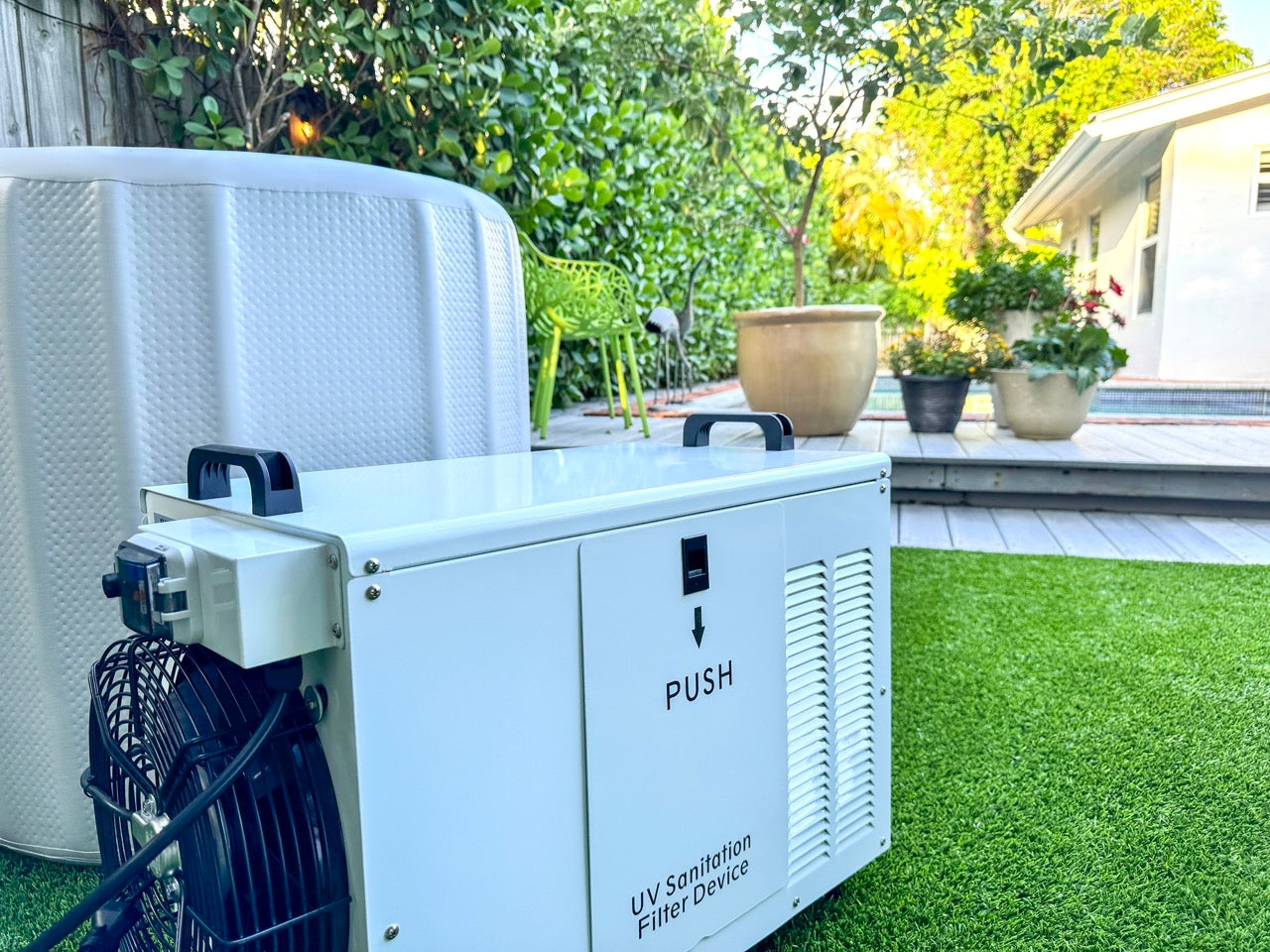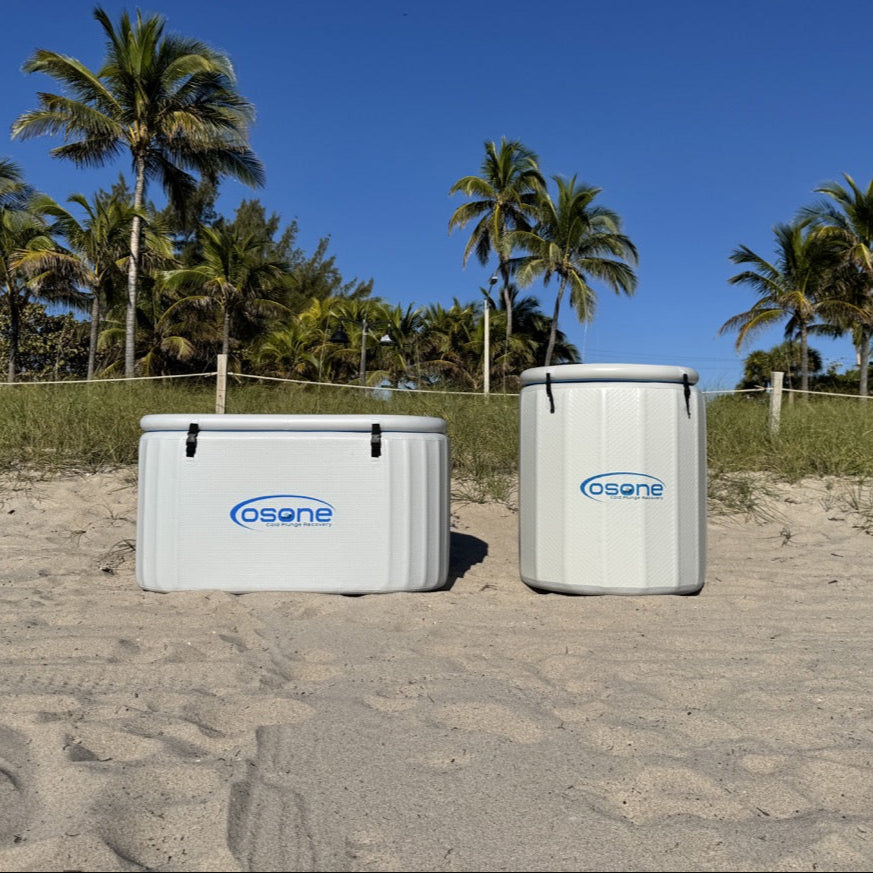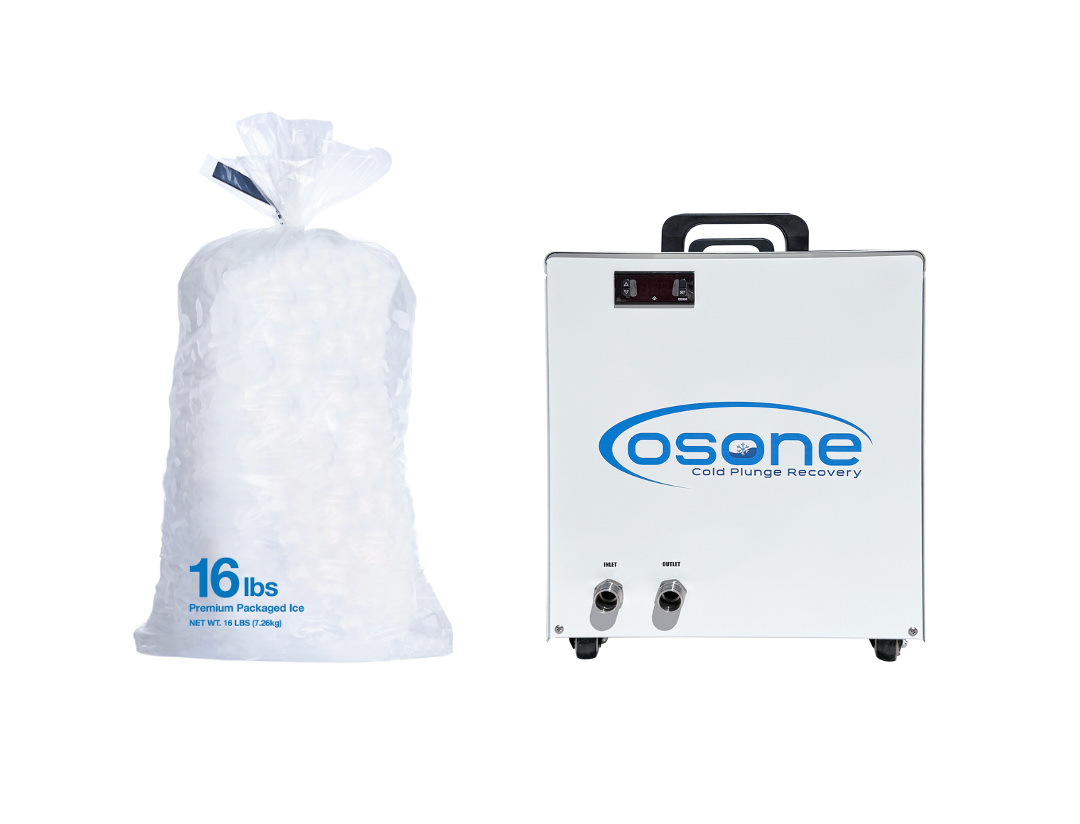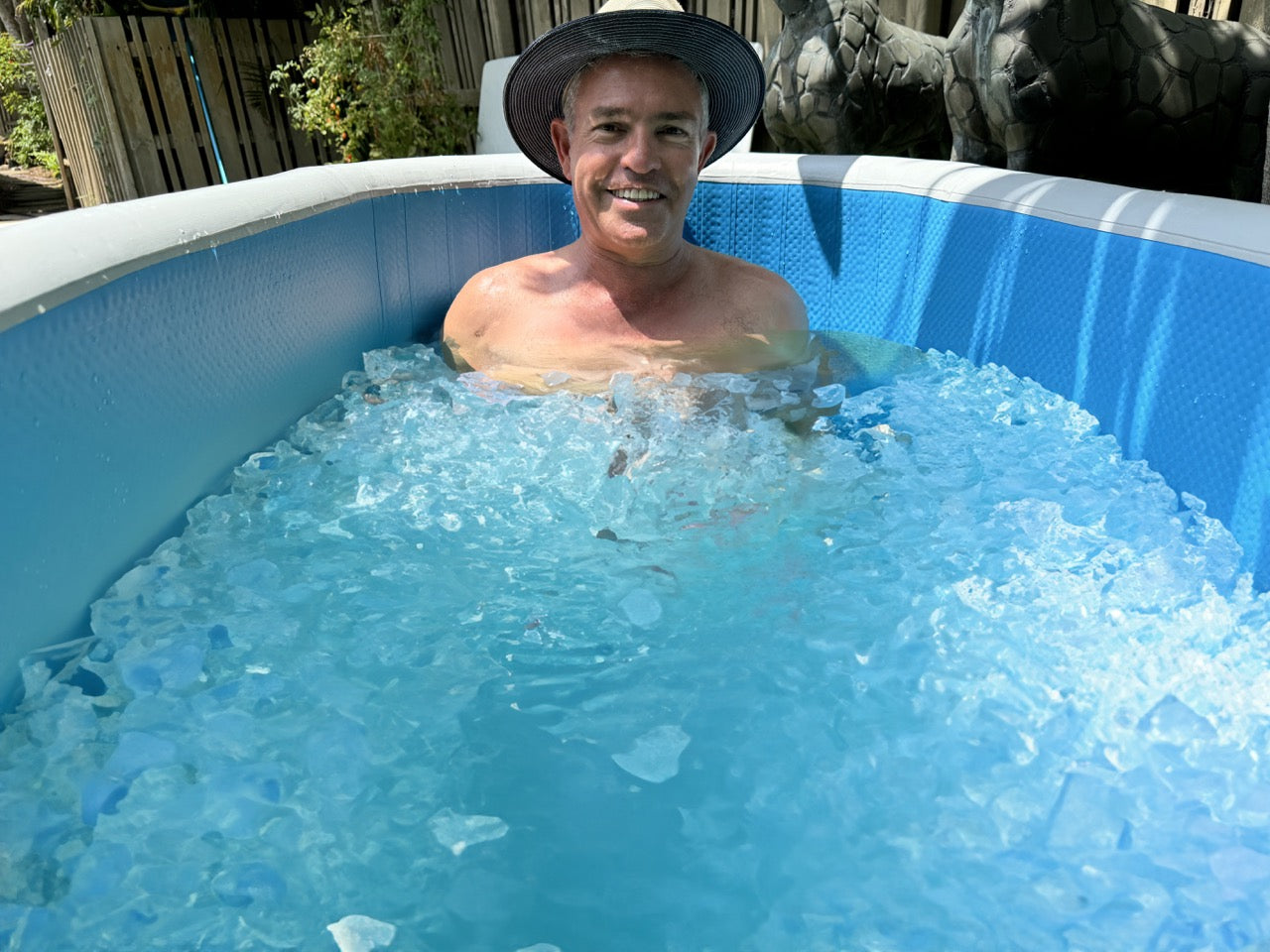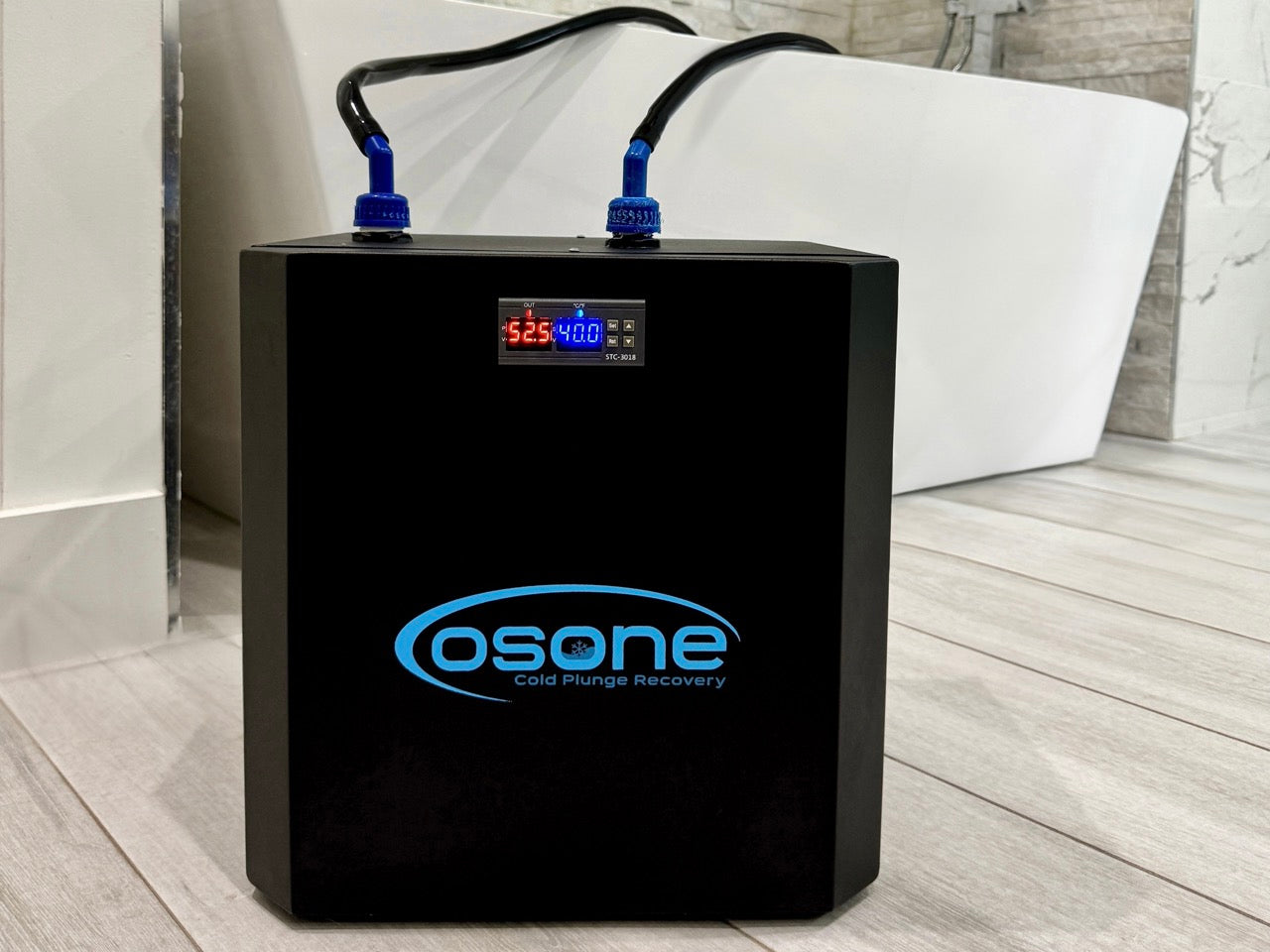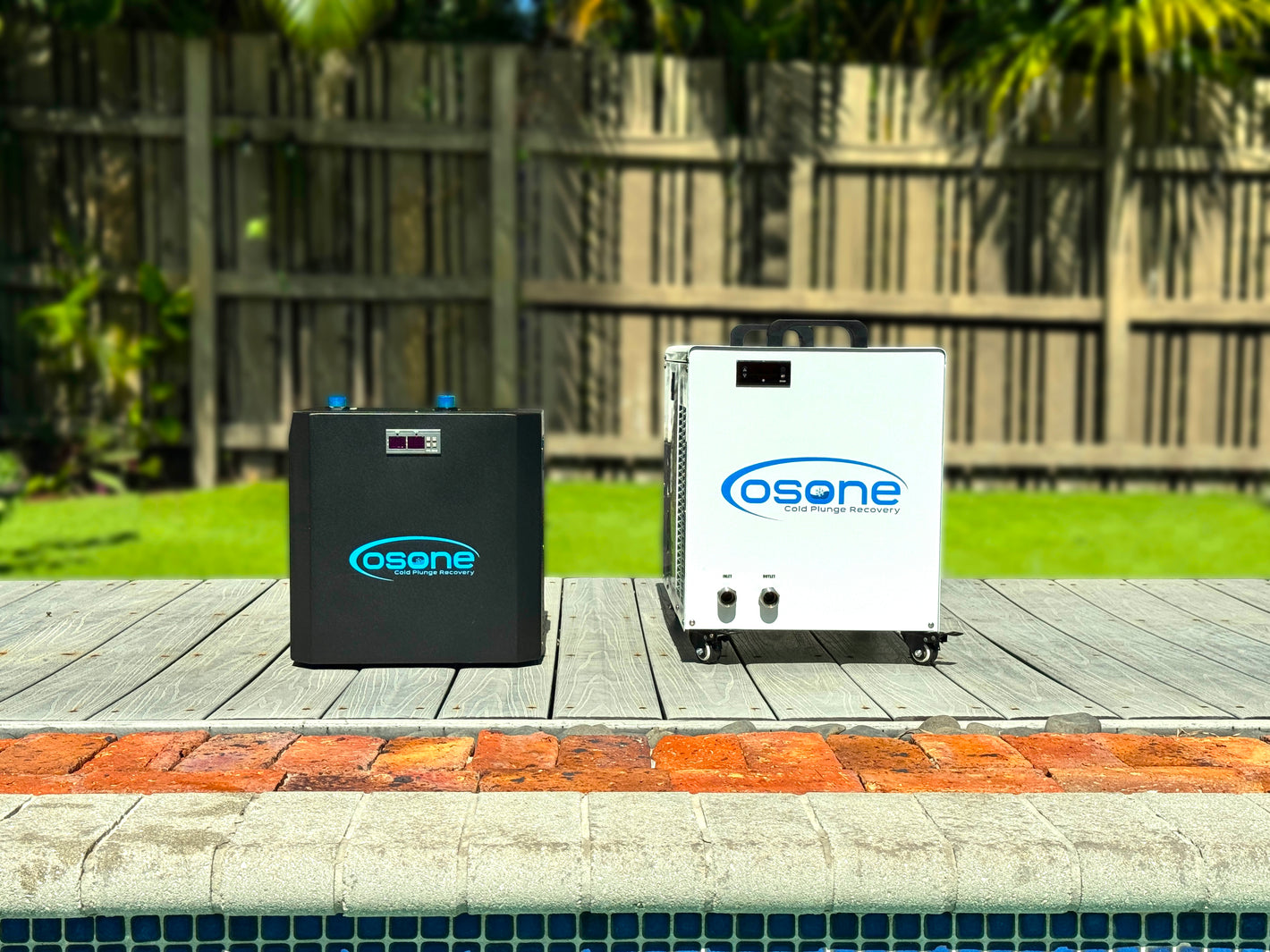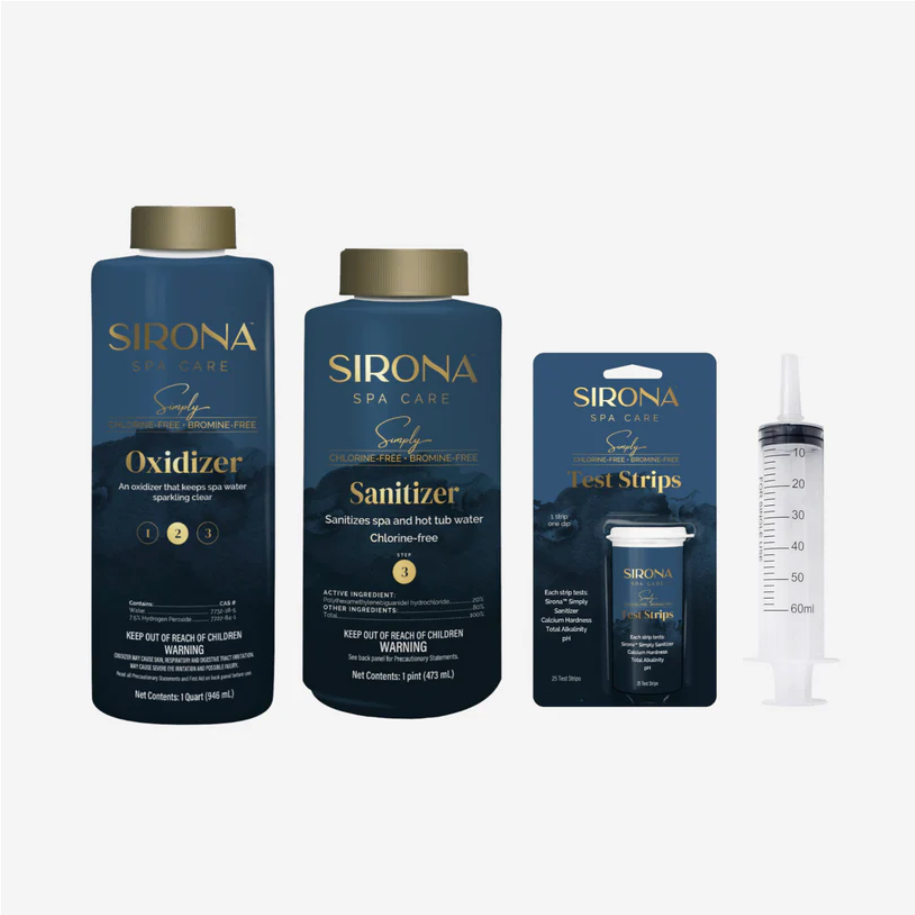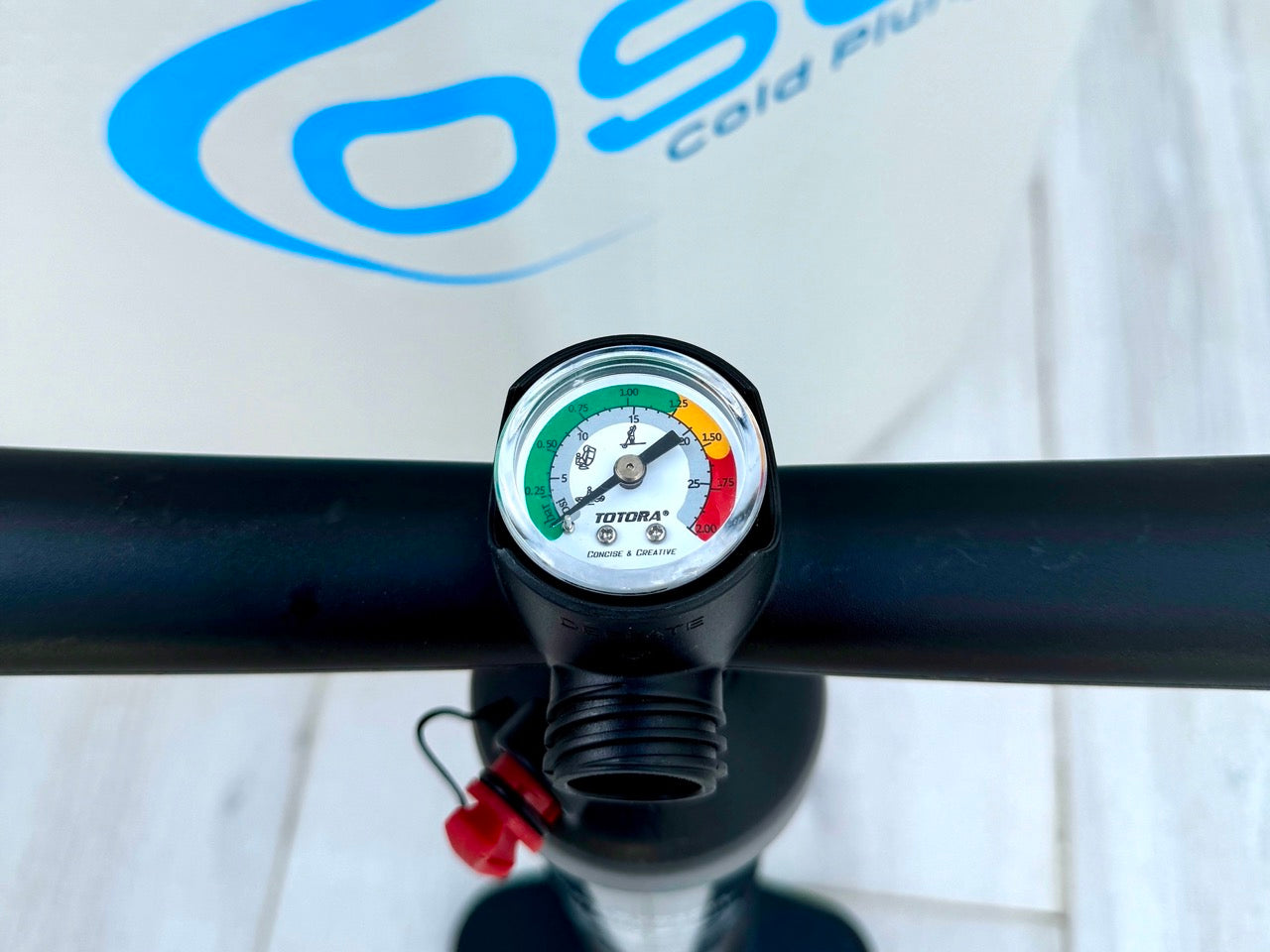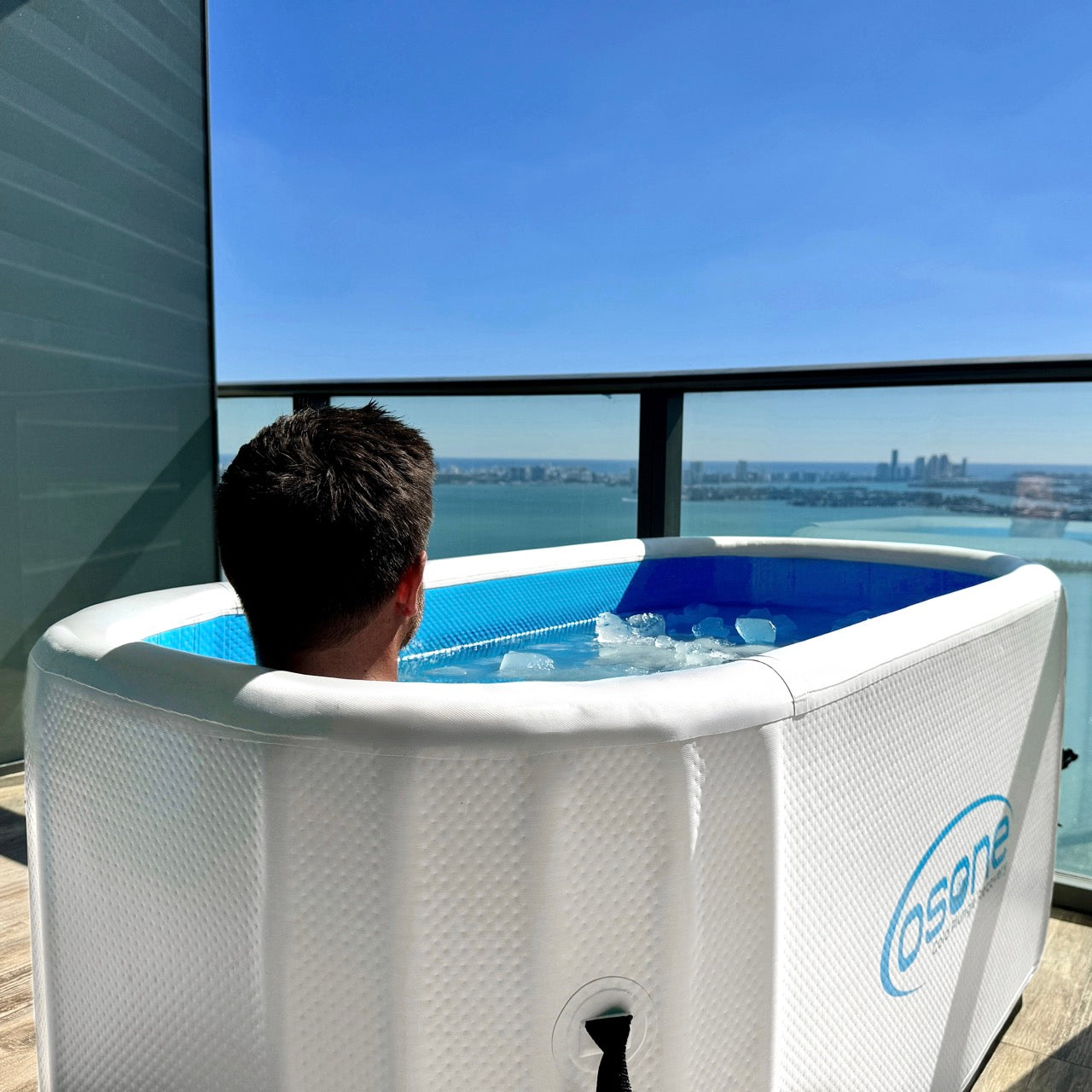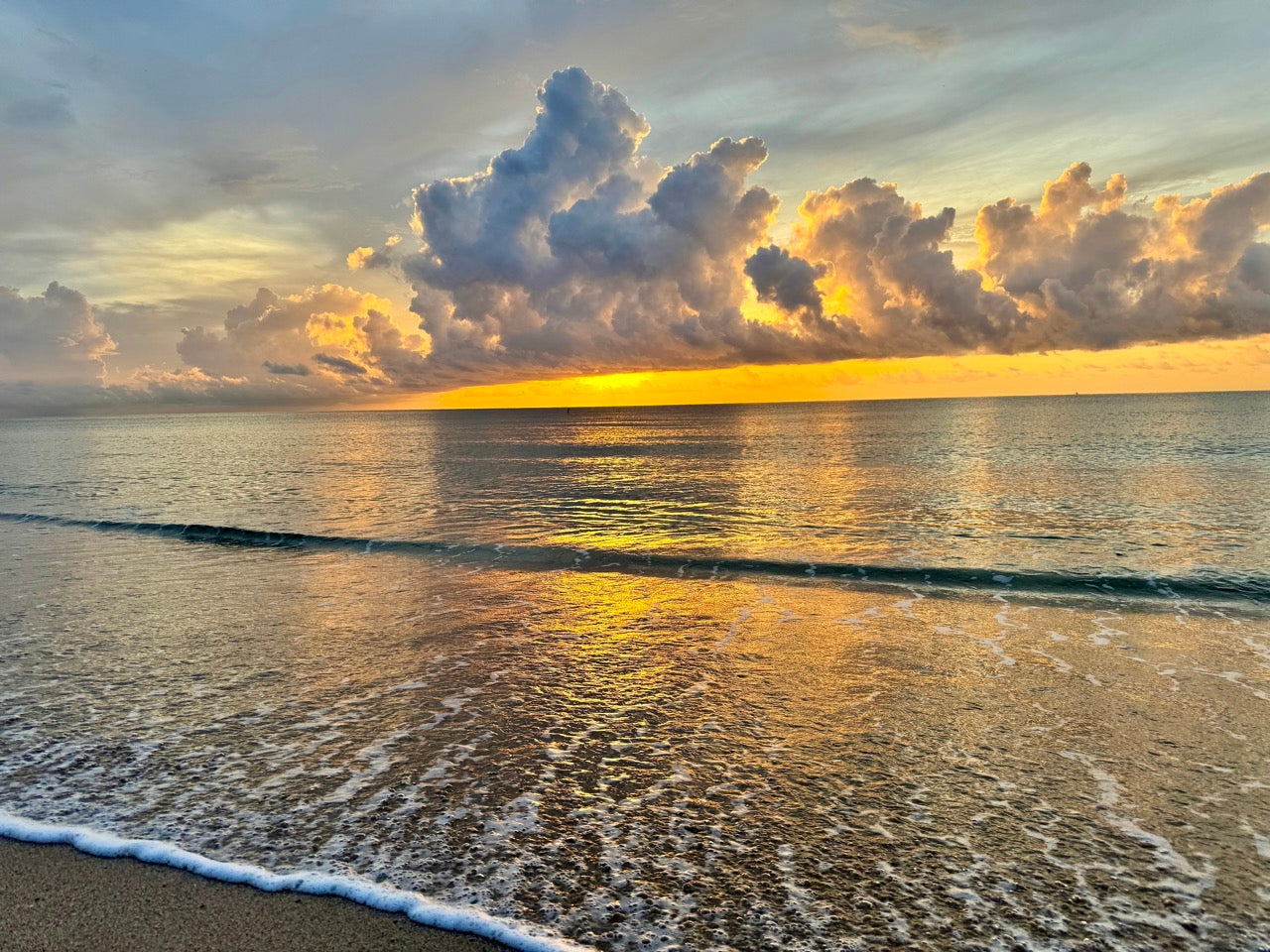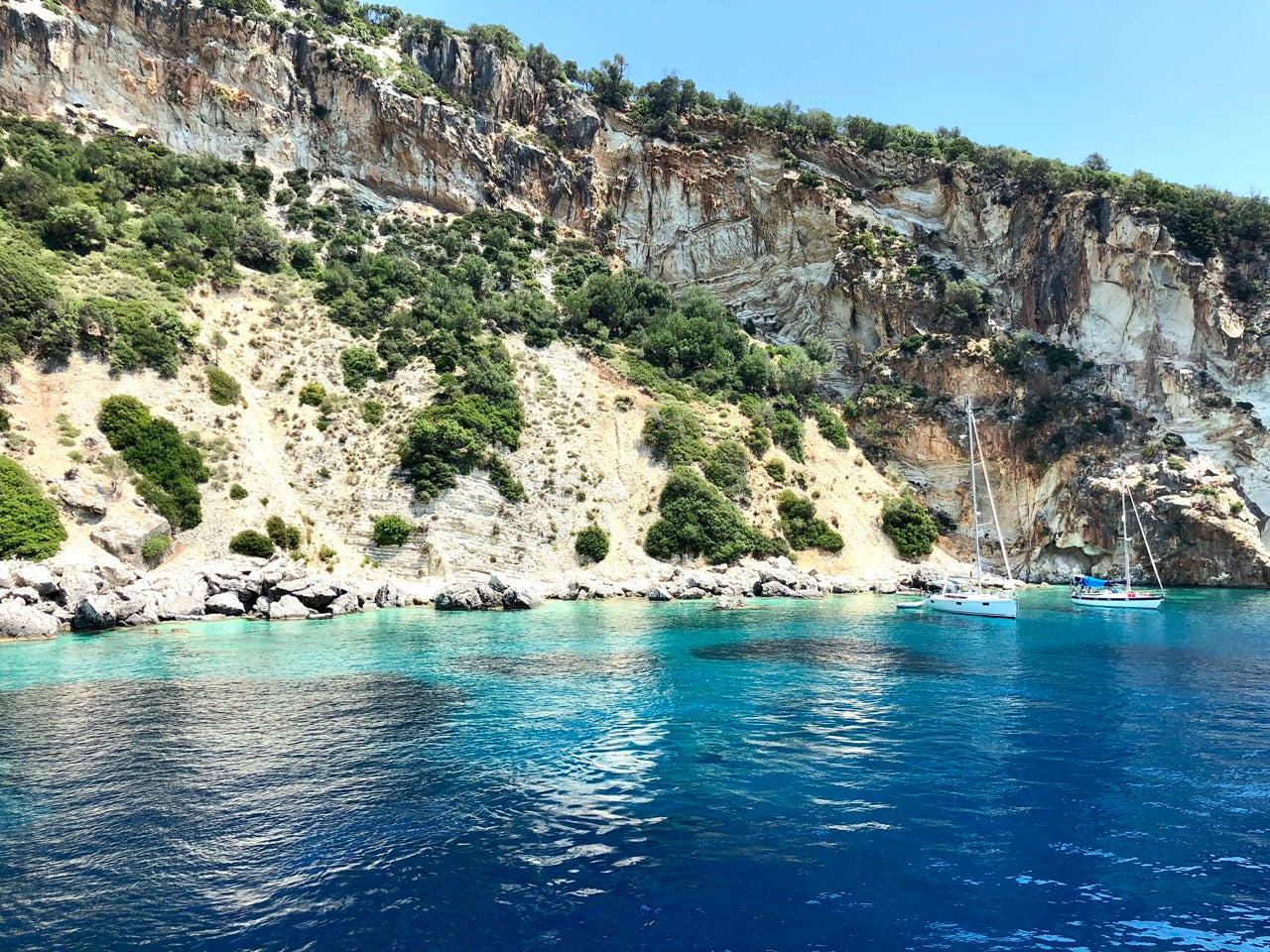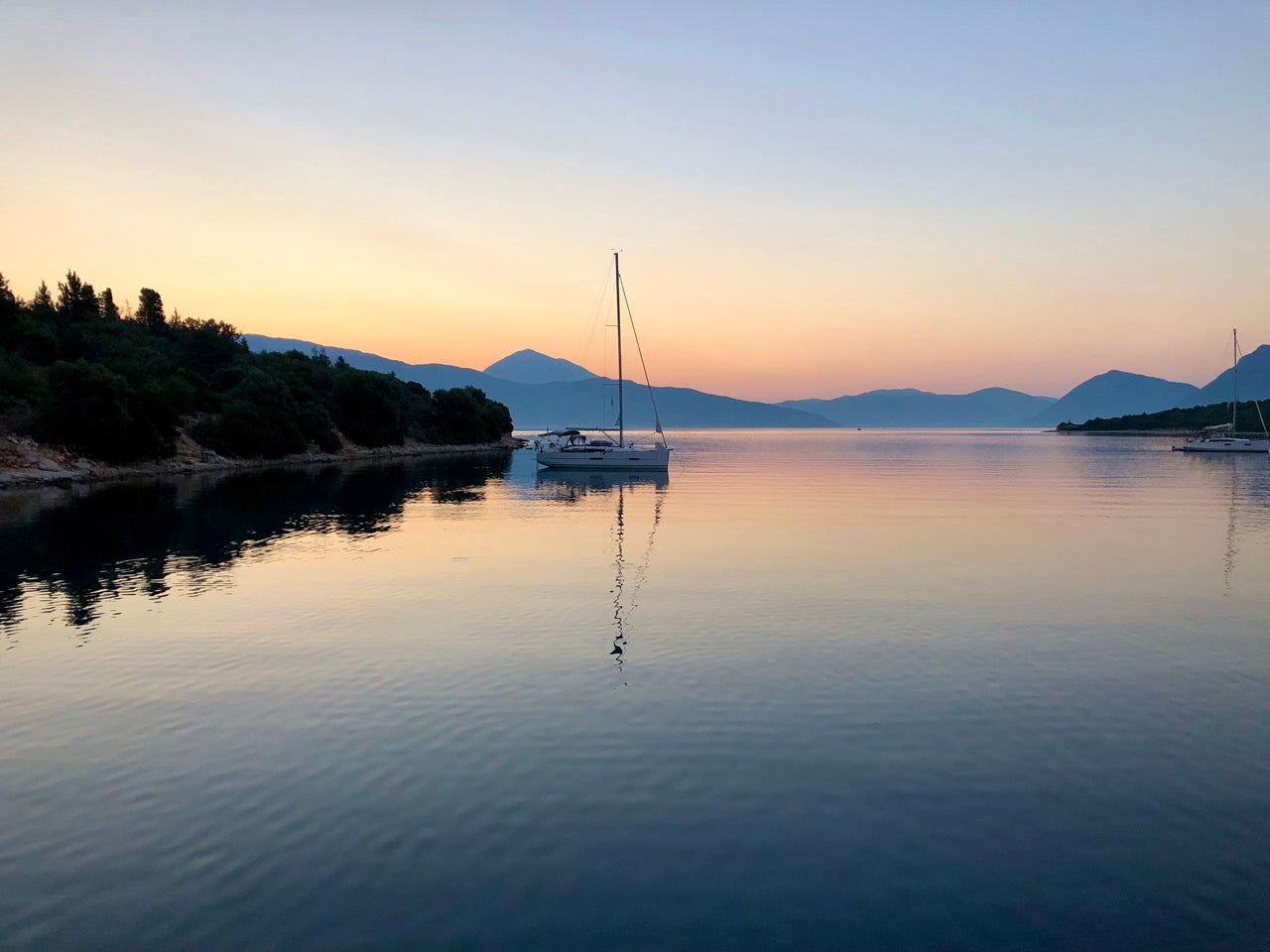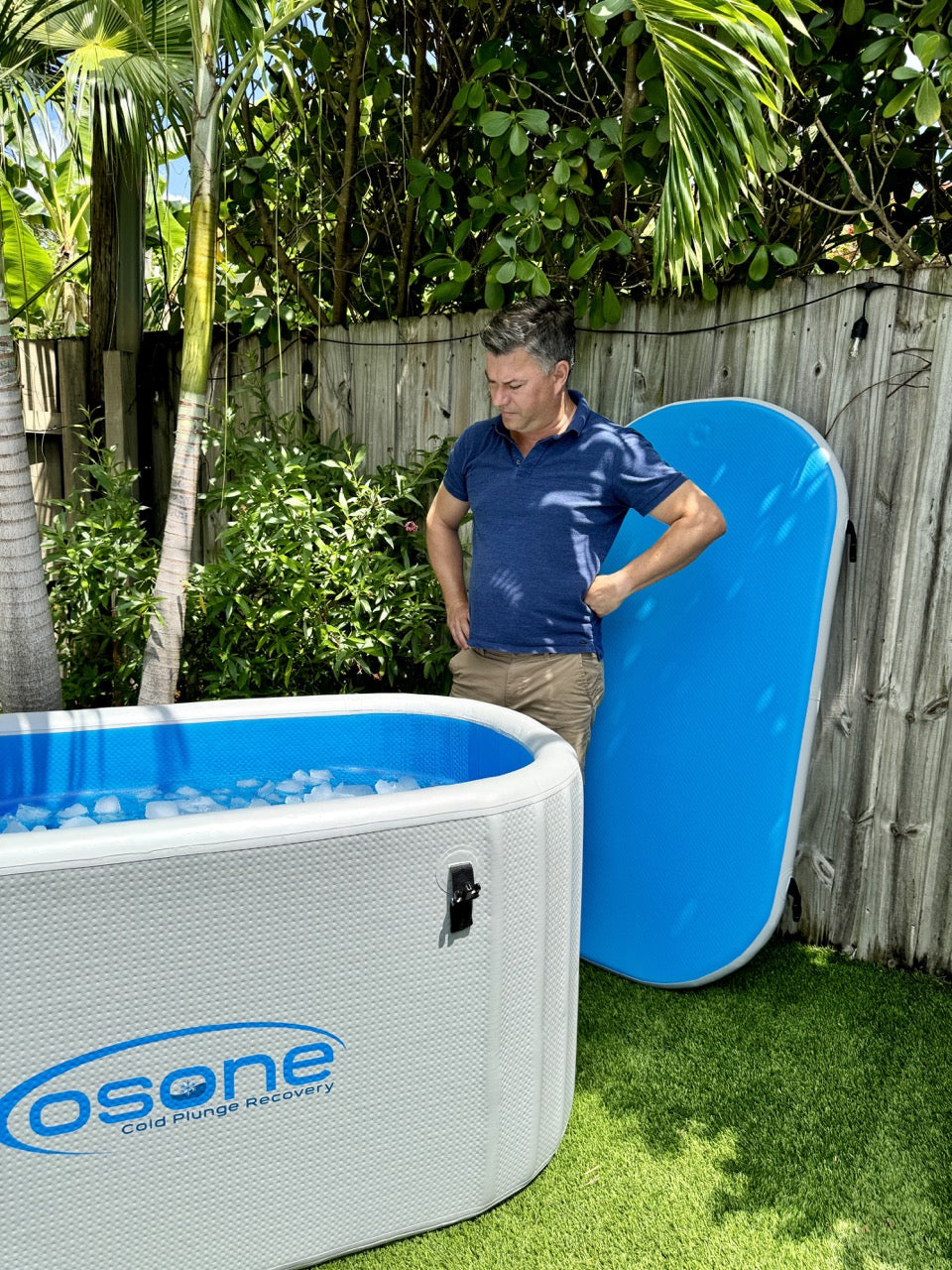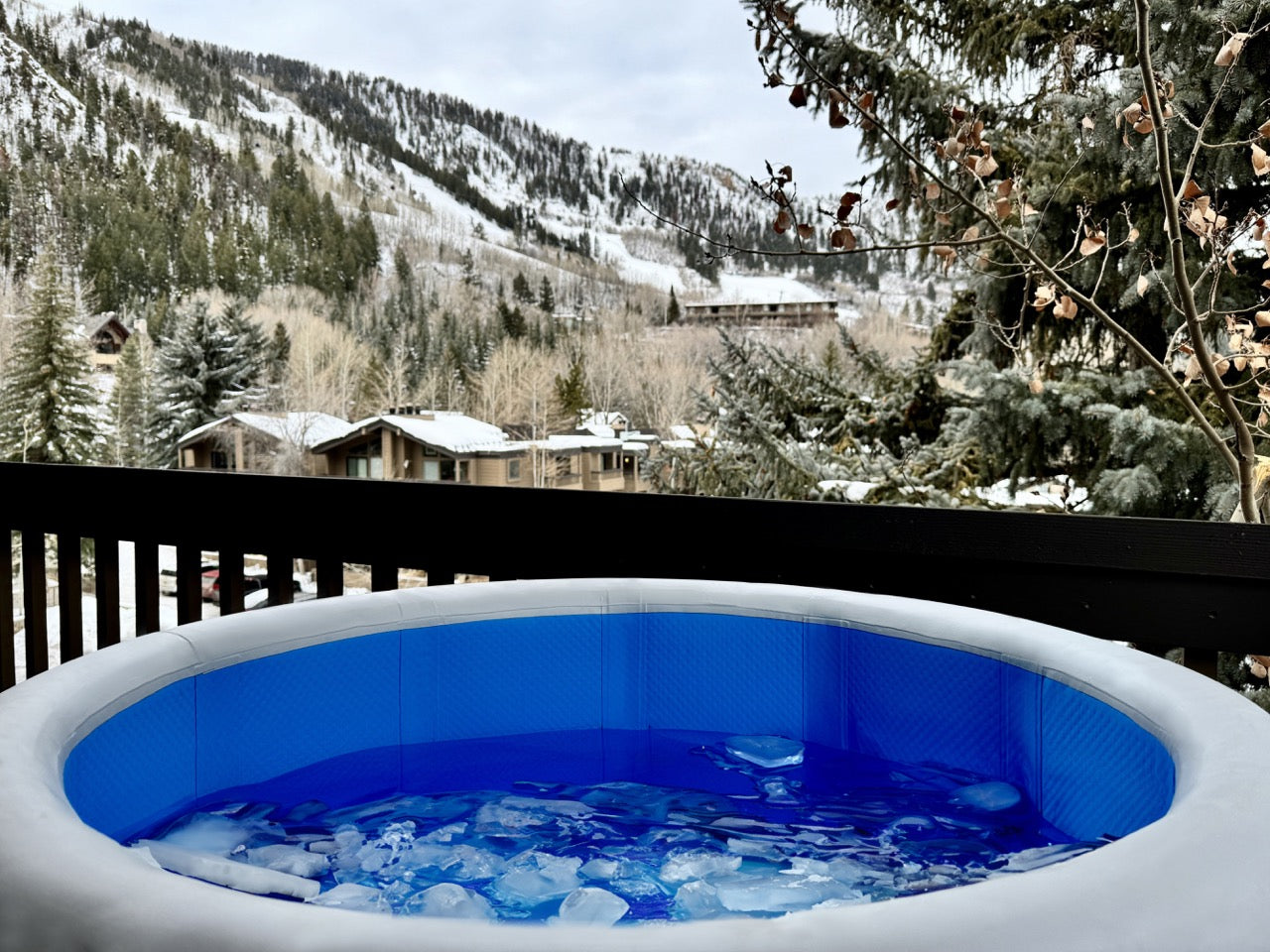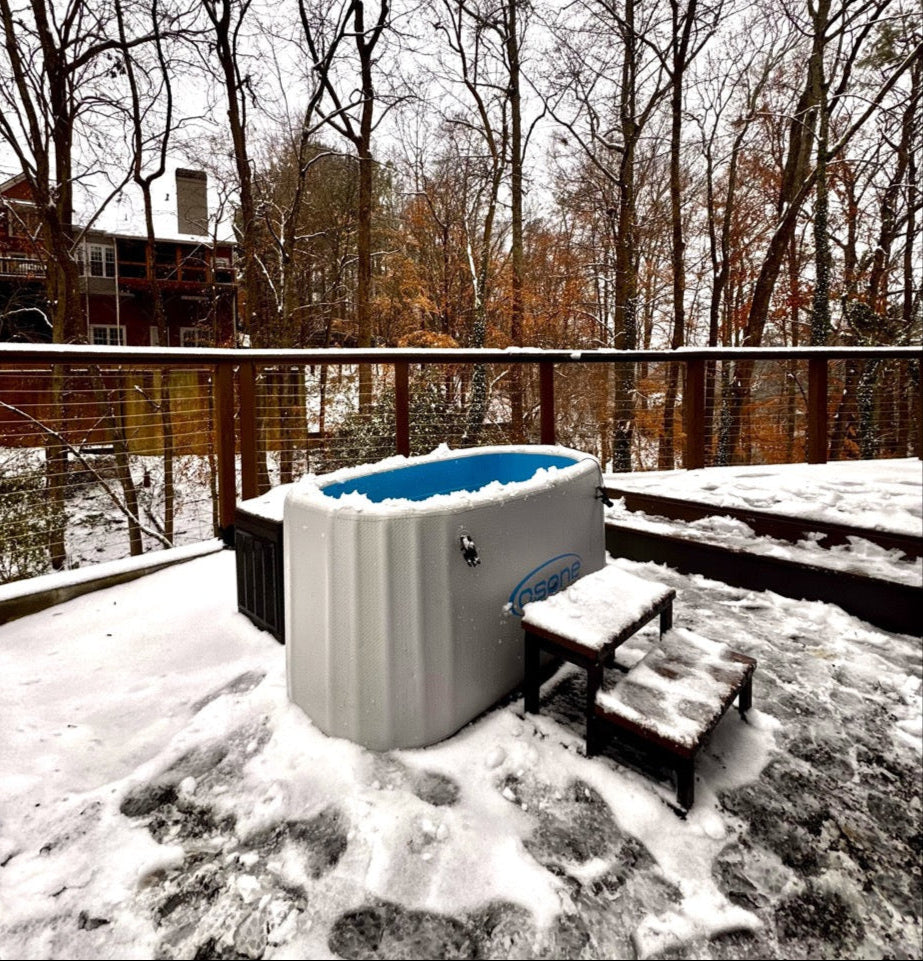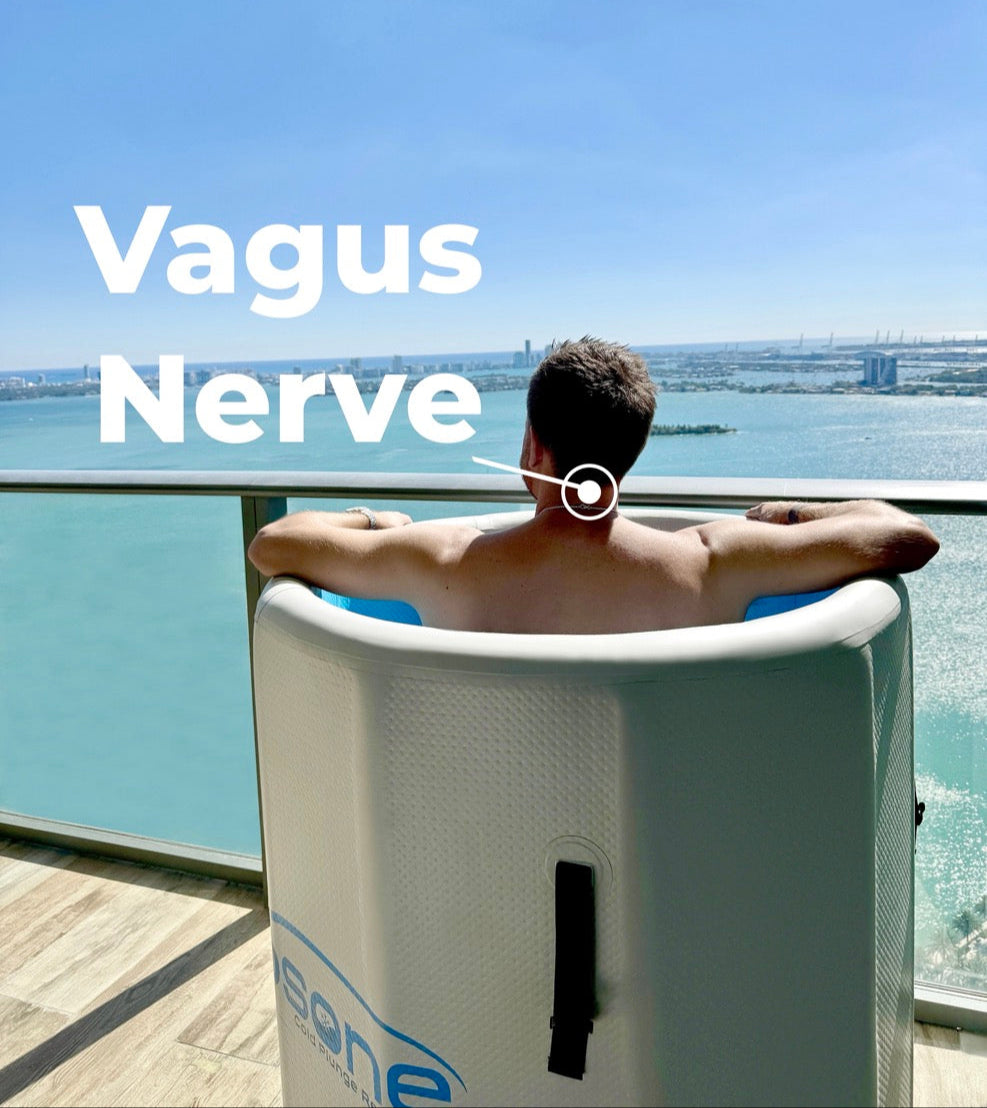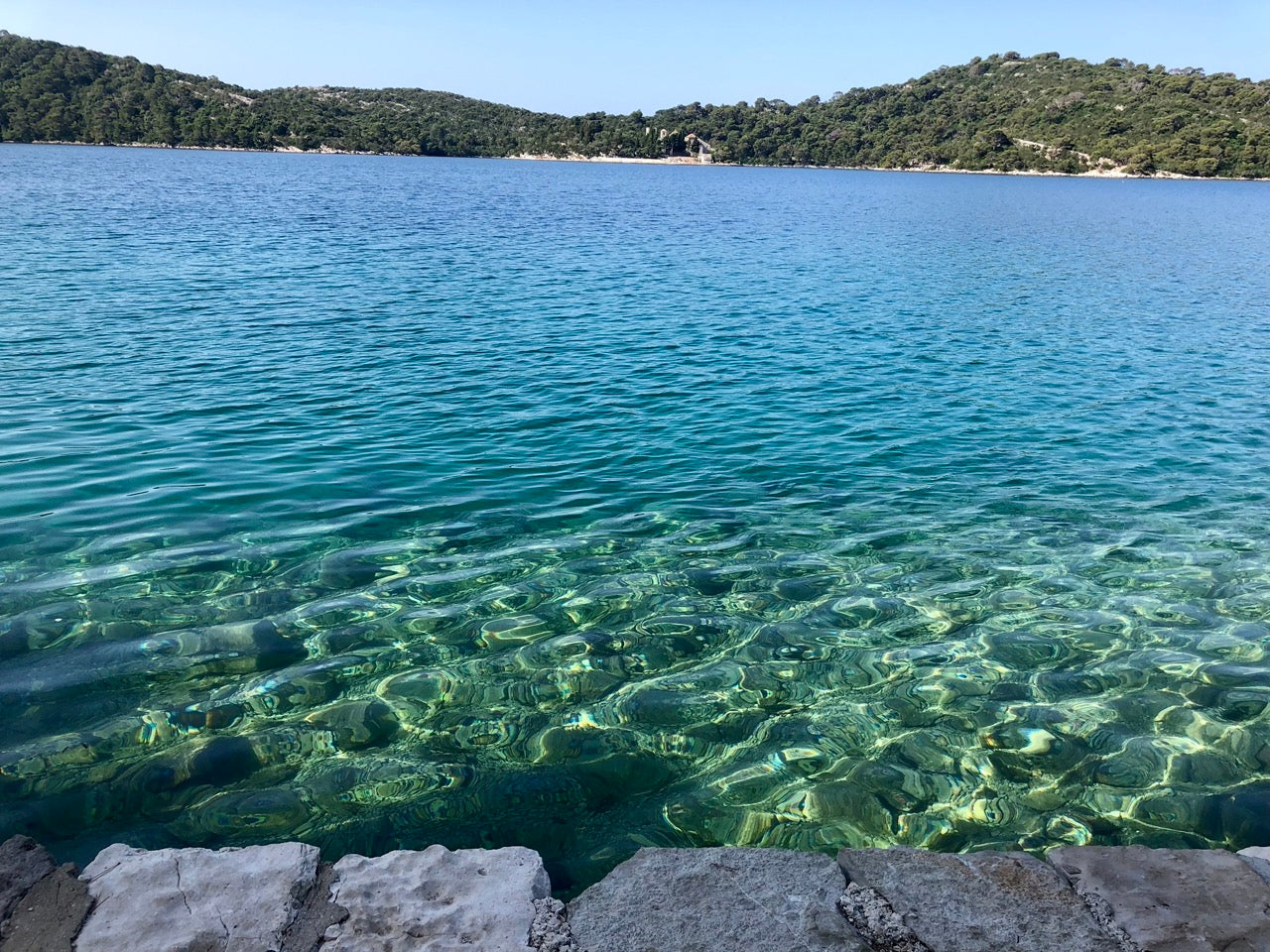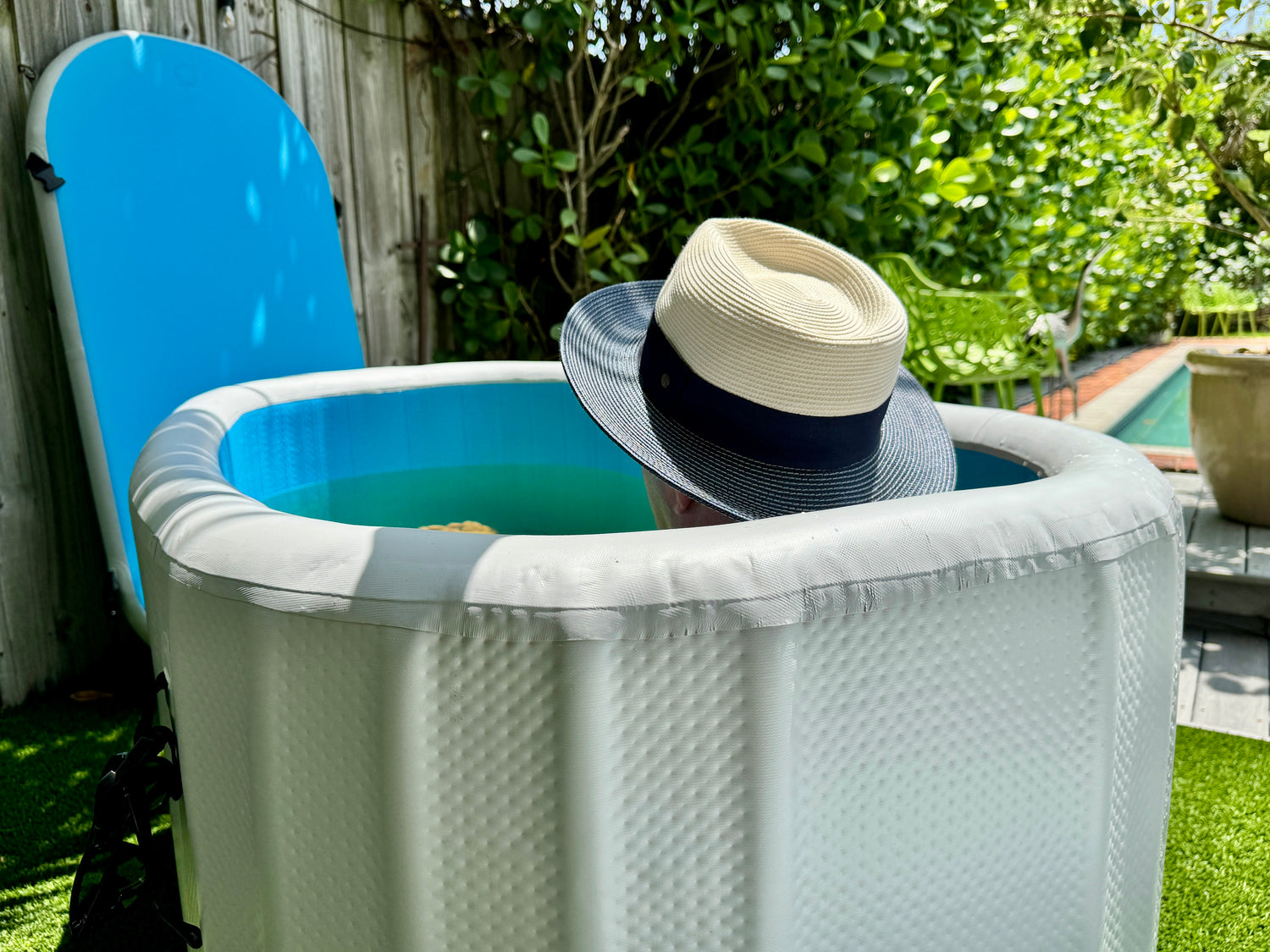
Everything you need to know about Cold Plunging with 3 min quick reads.
Sections:
Get More Out Of Your Water
Understanding Chillers
What To Know Before You Buy
Cold Plunge For Beginners
Get More Out Of Your Water
Understanding Chillers
Know Before You Buy
-
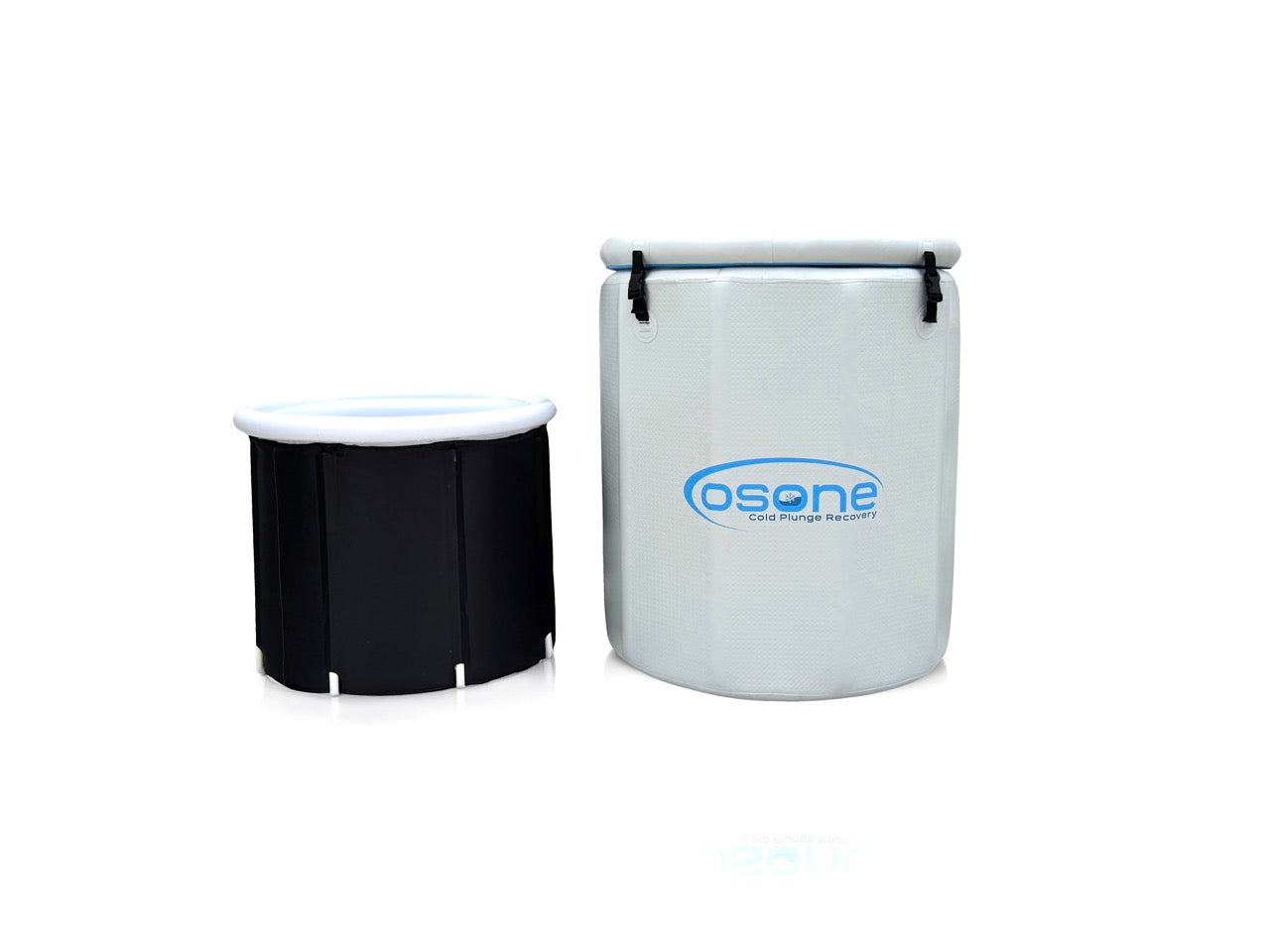
Pod or Barrel? When to Level Up Your Game
Cold therapy delivers powerful benefits for both body and mind but is your current setup helping you achieve the best results? Many begin their cold therapy journey with a pod, but switching to a taller, more insulated barrel can elevate your experience for a number of reasons.
Cold Plunge for Beginners
-
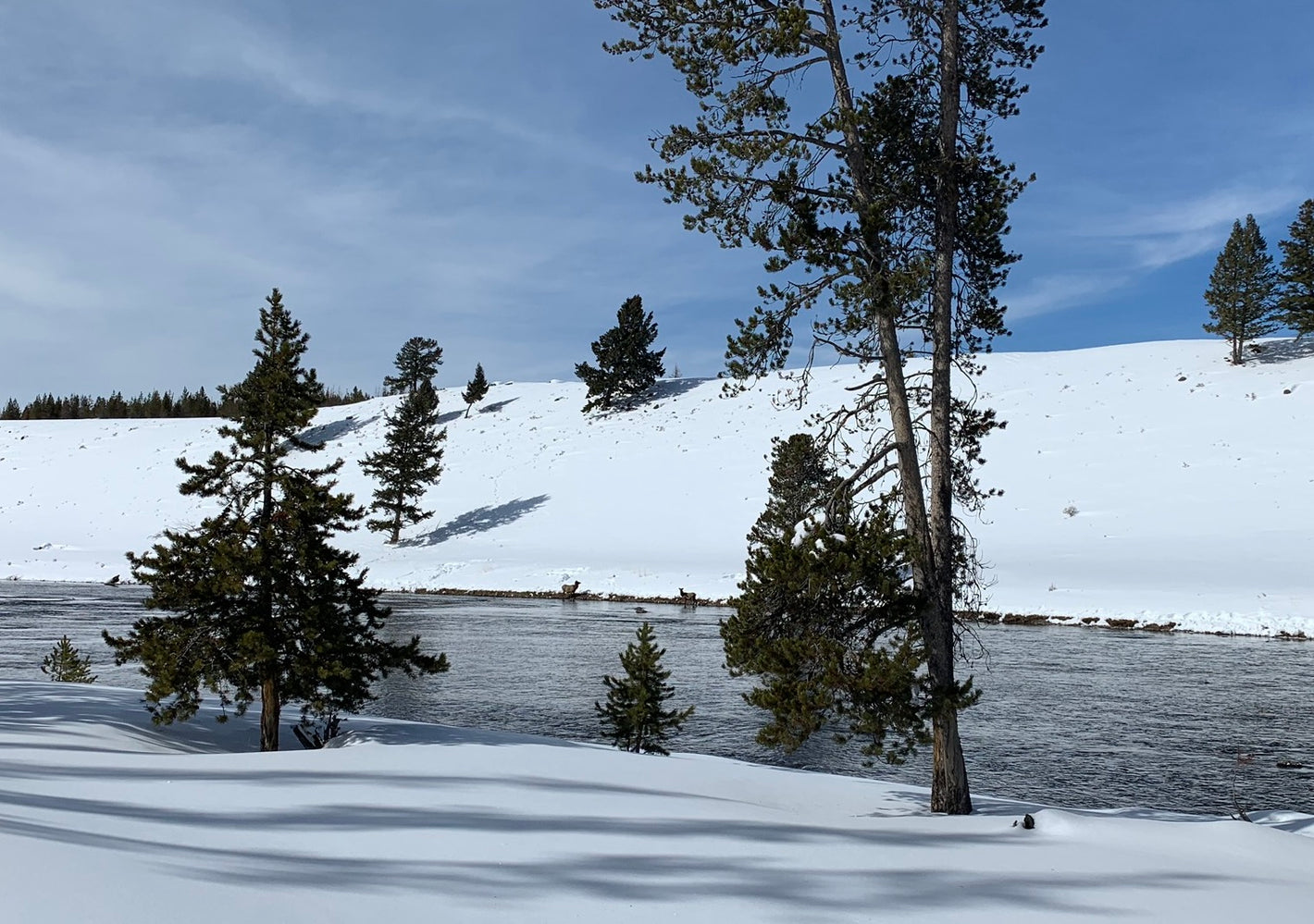
The Afterdrop, is it Unsafe?
The term "afterdrop" refers to a physiological phenomenon that can occur after a person exits a cold plunge. Because the body’s temperature regulation system is still reacting to the cold exposure, it may feel as though your body is getting colder even though you are no longer in the water.
-

Cold Plunging and its Effect on Postpartum
The postpartum period involves physical, emotional and mental recovery after childbirth as parents adapt to their new role. While commonly used by athletes for recovery, cold plunging is increasingly explored for mental and physical health benefits in broader contexts.

